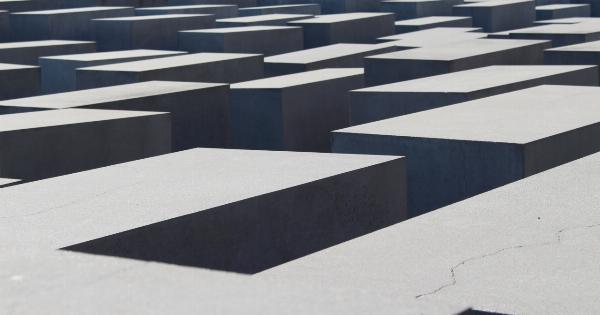Scoliosis is a medical condition that leads to the abnormal curvature of the spine. It can affect people of all ages, but it is most commonly found in children during their growth spurt, between the ages of 10 and 15.
Scoliosis can cause a variety of symptoms, and if left untreated, it can lead to serious health complications. In this article, we will discuss the causes, symptoms, and treatment options for scoliosis.
Causes of Scoliosis
Scoliosis can be caused by a variety of factors, including genetic, environmental, and neuromuscular factors.
Genetic Factors
There is evidence that scoliosis may be passed down from one generation to another. In fact, if you have a family member who has scoliosis, you are more likely to develop the condition yourself.
However, the genetic factors that lead to scoliosis are not yet fully understood.
Environmental Factors
Environmental factors, such as poor posture and carrying heavy backpacks, can also contribute to scoliosis. In addition, certain medical conditions, such as cerebral palsy and muscular dystrophy, can increase the risk of developing scoliosis.
Neuromuscular Factors
Neuromuscular factors, such as a spinal cord injury or a nerve condition like spina bifida, can also cause scoliosis. These conditions can affect the muscles that support the spine, leading to an uneven curvature.
Symptoms of Scoliosis
The symptoms of scoliosis can vary depending on the severity of the condition. In mild cases, there may be no symptoms at all. However, in more severe cases, the symptoms can be quite noticeable.
Uneven Shoulders
One of the most common symptoms of scoliosis is uneven shoulders. This is because the curvature of the spine can cause one shoulder to be higher than the other.
Uneven Hips
Another symptom of scoliosis is uneven hips. This is because the curvature of the spine can also cause one hip to be higher than the other.
Back Pain
Back pain is another common symptom of scoliosis. It is often experienced in the lower back and can be caused by the strain that the abnormal curvature of the spine places on the muscles and ligaments in the back.
Breathing Difficulties
In severe cases, scoliosis can cause breathing difficulties. This is because the abnormal curvature of the spine can put pressure on the lungs, making it difficult to breathe.
Treatment Options for Scoliosis
The treatment for scoliosis depends on the severity of the condition. Mild cases may not require treatment, while more severe cases may require surgery.
Observation
In some cases, the best course of action is simply to observe the condition. This means monitoring the curvature of the spine over time to see if it is getting worse.
Bracing
If the scoliosis is mild to moderate, a brace may be recommended. A brace is a device that is worn around the body to help support the spine and prevent it from getting worse.
Surgery
In severe cases of scoliosis, surgery may be necessary. The surgery involves straightening the spine and fusing the vertebrae together. This is a complex procedure that can take several hours to complete.
Conclusion
Scoliosis is a medical condition that can cause a variety of symptoms and, if left untreated, can lead to serious health complications.
The causes of scoliosis are not yet fully understood, but genetic, environmental, and neuromuscular factors can all contribute to the condition. The symptoms of scoliosis can vary depending on the severity of the condition and can include uneven shoulders and hips, back pain, and breathing difficulties.
Treatment options for scoliosis range from observation to surgery, depending on the severity of the condition.






























